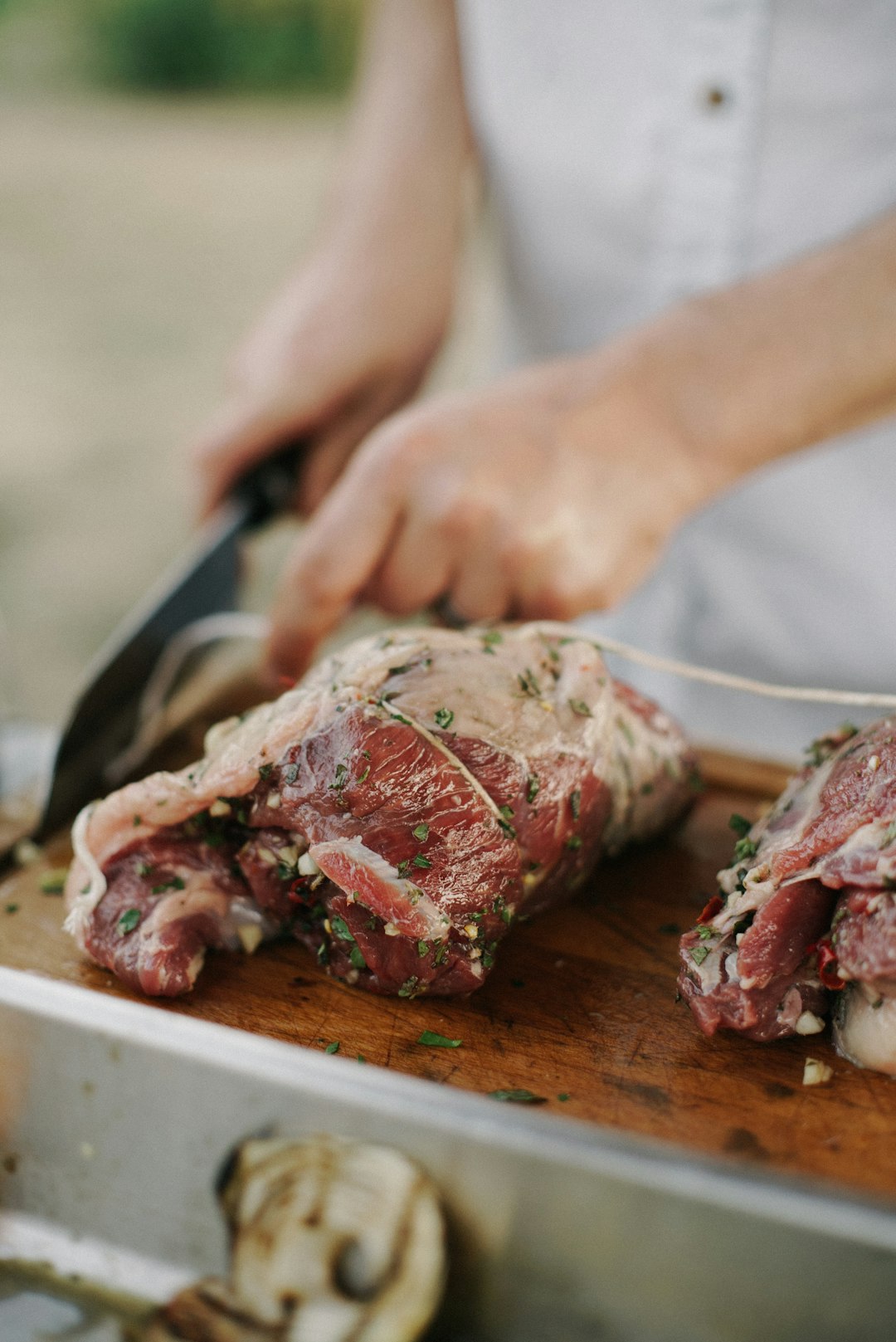All Nonfiction
- Bullying
- Books
- Academic
- Author Interviews
- Celebrity interviews
- College Articles
- College Essays
- Educator of the Year
- Heroes
- Interviews
- Memoir
- Personal Experience
- Sports
- Travel & Culture
All Opinions
- Bullying
- Current Events / Politics
- Discrimination
- Drugs / Alcohol / Smoking
- Entertainment / Celebrities
- Environment
- Love / Relationships
- Movies / Music / TV
- Pop Culture / Trends
- School / College
- Social Issues / Civics
- Spirituality / Religion
- Sports / Hobbies
All Hot Topics
- Bullying
- Community Service
- Environment
- Health
- Letters to the Editor
- Pride & Prejudice
- What Matters
- Back
Summer Guide
- Program Links
- Program Reviews
- Back
College Guide
- College Links
- College Reviews
- College Essays
- College Articles
- Back
Tasty Lab-Grown Meat: A Way to Soothe Our Increasingly Greedy Stomachs
After a busy long day, you finally sit down by your dinner table, anticipating food to satisfy your growling stomach. Then, a strong, enticing smell from the kitchen permeates the air. Your plate arrives in front of you, on which there is a magnificent piece of steak. It has a tender, delicate texture and is cooked just to your liking. The juice leaking out of its surface stimulates your appetite.
We love meat. Not only are they our crucial source of protein, they are also deliciously enjoyable. To ensure we have a sufficient supply of them, we raise millions of livestock in ranches that cover broad areas of grass and water. These animals take easy strolls around those vast lands, while they eat and drink wherever they want and live without worries.
Satisfied with their meals, they burp and fart. These expressions of relief – though seemingly innocent and perhaps amusing – actually pose serious problems; they release methane, a potent greenhouse gas that contributes to global warming. “The methane is a byproduct – an unintended consequence, I’d say – of the unique ability of ruminant animals to digest cellulose,” says Frank Mitloehner, a professor in animal science at University of California, Davis. “If you have hundreds of millions of cattle to achieve a dismal amount of product, then that comes with a high environmental footprint.”
In fact, according to the Food and Agriculture Organization of the United Nations, global livestock are responsible for 14.5% of all greenhouse gas emissions, the majority of which are from cattles. Climate change, however, isn’t the only issue; for instance, nearly 65% of antibiotics in the U.S. are required to prevent them from contracting diseases. Therefore, as the human population is bound to grow and demand more meat, more livestock, this plan is no longer sustainable in the long run.
Over the last few years, the idea of artificial meat has been circulating, and put into practice at certain restaurants. These products, however, are often less nutritious, unclean, and unpleasant to eat. Motivated to tackle these issues, Mai Furuhashi et al. expanded significantly upon the technology surrounding cultured meat, meat constructed through the growth of animal cells obtained without killing livestock.
The researchers developed a method of producing cultured steak meat that are very realistic in terms of texture and stiffness. First, they grew muscle cells on a small device of anchors and pillars, and muscle tissues were generated from the cells after 14 days. Then, the researchers stimulated the tissues with small electrical pulses, causing the muscles to contract. This brilliant maneuver hardened the tissues so that it mimics the texture and firmness of real steak – even after it is cooked – as verified by a subsequent assessment they conducted.
Not only does the cultured steak look and taste real, but it is also just as healthy, tasty, and scalable. The researchers claim that their method, “will be useful for producing cultured steak meat on a large scale,” with the help of 3D bioprinting, a technology which can automate the process of creating stacks of cow muscle tissues. To address concerns regarding taste and health, they also explained that, “the taste and nutrient of food can be controlled by food additives,” substances that are “already available in the market.”
The result of Mai Furuhashi et al.’s research looks very promising; it might resolve all the major concerns we have for lab-grown meat, so that we can effectively reduce methane in our atmosphere. Imagine, in the future, if meats become artificial and their creation processes standardized, the interesting ways we would have discussions about meat like we do about digital accessories, “do you know about the pork model LCD-0618? I’ve been loving its taste!”
Similar Articles
JOIN THE DISCUSSION
This article has 0 comments.


This article is my written entry for the New York Times STEM Writing Contest 2022. Although I did not end up winning awards, I was proud to have come up with this article about the wild idea of fully utilizing lab-grown meat in the future. Citations are omitted for this submission.